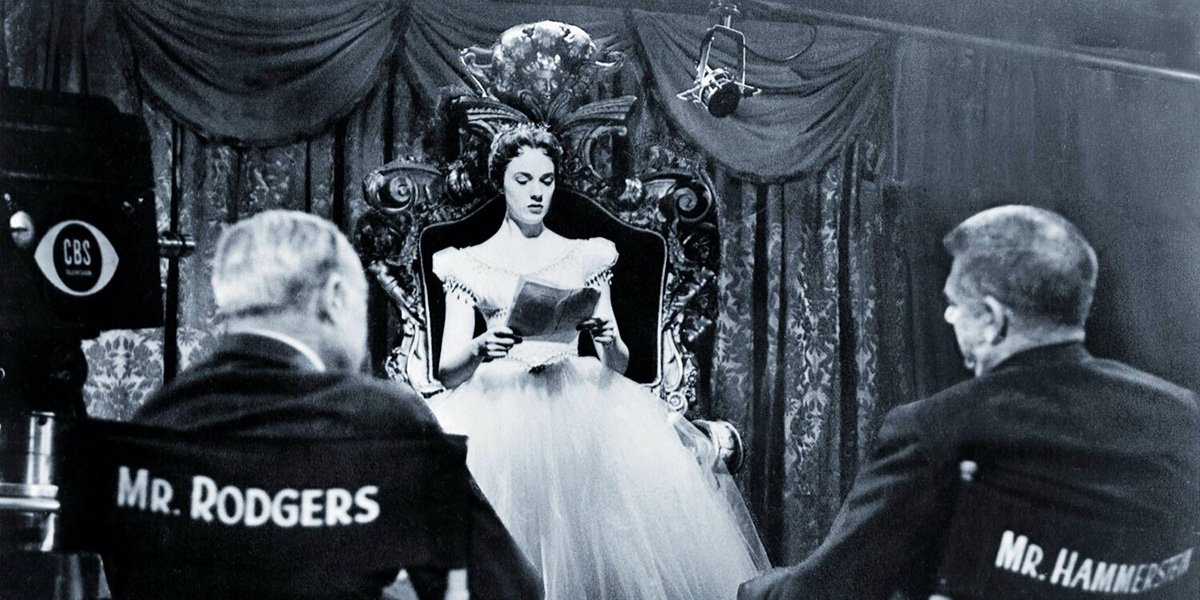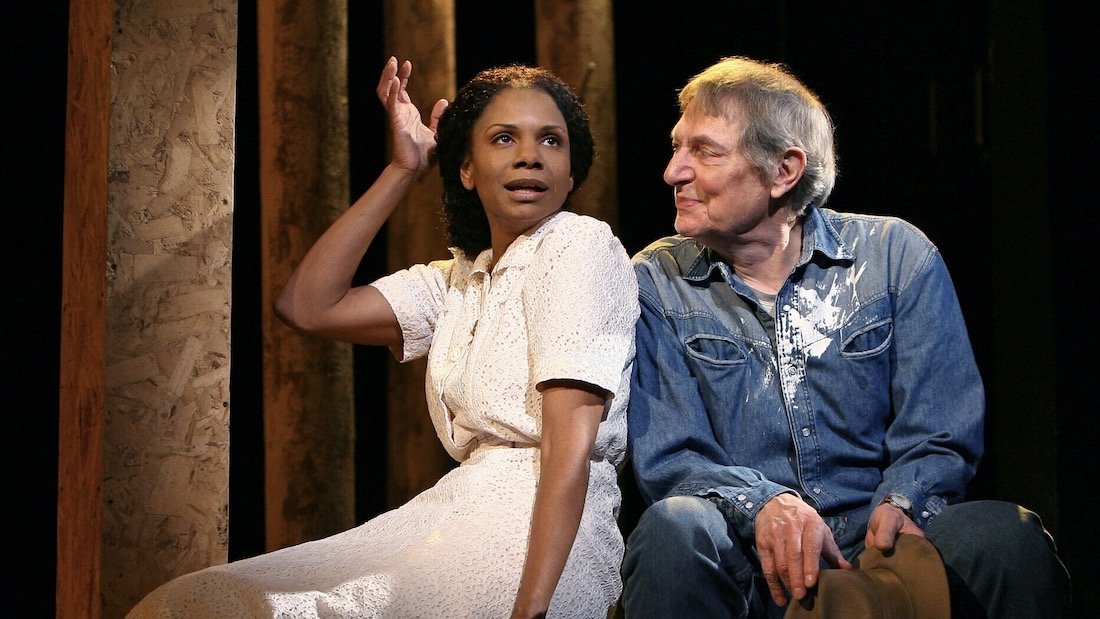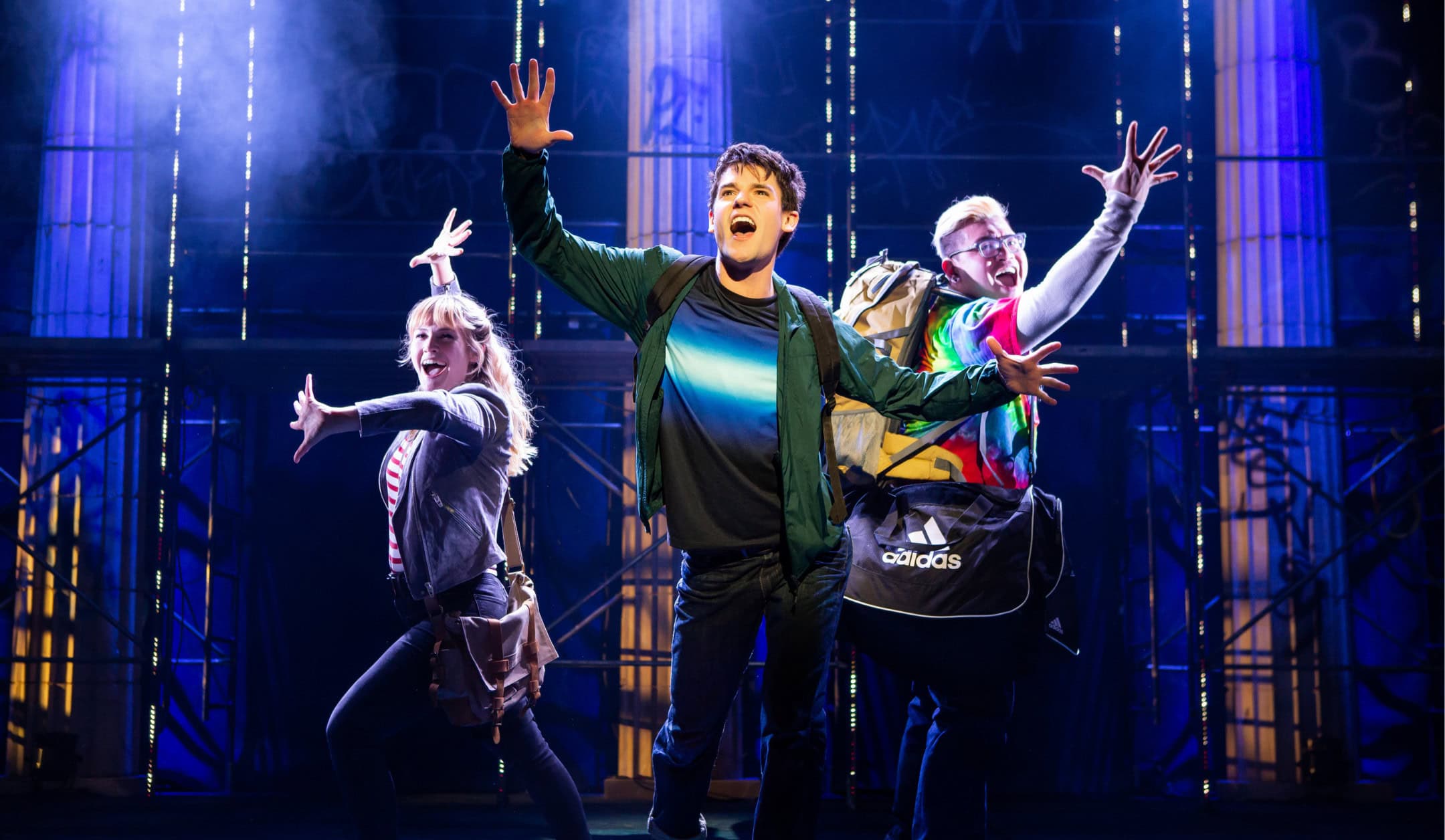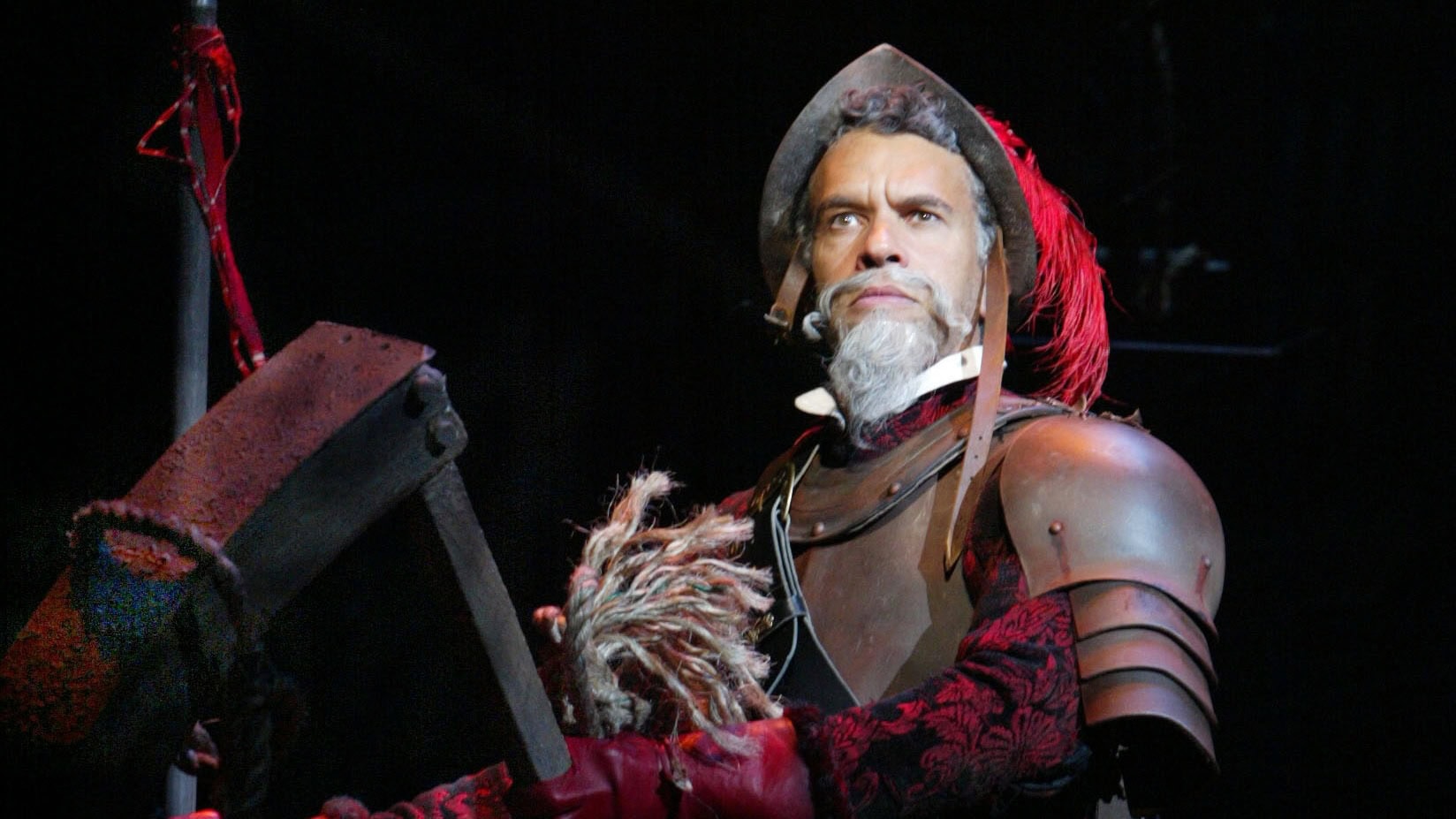
R&H Movie Night returns this week with a live viewing party of the original 1957 live television broadcast of Rodgers and Hammerstein’s Cinderella starring Julie Andrews. The black-and-white kinescope film of the broadcast will be made available to stream for free on Playbill.com and Rodgers and Hammerstein’s YouTube channel from 8 PM ET July 24, 2020. The presentation will remain available to stream for free throughout the weekend. To watch, visit this link on Friday at 8pm ET, or at any time in the subsequent 48 hours.
In anticipation of the big event, Ted Chapin, President & Chief Creative Officer of Rodgers & Hammerstein, delves into the history of this perennial musical favorite.
…
While television wasn’t exactly in its infancy, it was clearly still feeling its way in the 1950s. The technology was there to broadcast into people’s homes, but what would the programming actually be? Newscasts, children’s shows, morning chat shows and entertainment specials, for starters.
Responding to the great success that NBC had showing Mary Martin as Peter Pan, CBS decided they needed something like that: a special, something created for the network, that would make a splash and gather a large audience. What would it be and who would create it for them? They focused on Rodgers and Hammerstein. Even though their most recent Broadway show had been a disappointment – Pipe Dream – they were still the kings of Broadway, and probably even more important, a couple of years earlier a Sunday night television special sponsored by General Foods, celebrating their 25th Anniversary, honored Rodgers and Hammerstein and was broadcast on all the networks at the same time. Yes, you read the correctly: CBS, NBC, ABC and even the Dumont Network, whatever that was, all showed the salute to Rodgers and Hammerstein at the same prime hour on Sunday night in March of 1954.
Since Peter Pan had been so successful, why not stick with a “family friendly” title? CBS came up with the idea of Cinderella. Why not? Of all the musicals Rodgers and Hammerstein had written, they had never done a Cinderella story. Now they could be challenged to create a new one, specifically geared to the small screen. And the decision was made to create a straightforward fairy tale version without a modern angle. Rodgers and Hammerstein were game, and it was announced in September of 1956 that they would create Cinderella, to be aired – live – the following March 31, a date that meant something to them since it would be the 14th anniversary of the opening of their first show, Oklahoma! And to star, they hired Julie Andrews, a relative newcomer who was appearing in My Fair Lady on Broadway, but the “flyover” states hadn’t yet heard of her.
That meant there were seven months to create a new Cinderella from scratch. And so they did. CBS was so determined to have a success that they engaged the two sponsors – Pepsi-Cola and Revlon – to create promotions for the show that kicked in months before the broadcast, including comic books in six-packs of Pepsi and retailers promoting Cinderella at cosmetic counters in stores.
So when Cinderella aired on March 31, 1957, it garnered the largest audience in the history of television – over 100 million people. It was a record that was only surpassed by the funeral of Lady Diana.
The technology of television was evolving in the mid 1950’s, but the only way to capture any program to watch at a later time was by means of a “kinescope.” Basically, that was a film made of a television set – the camera caught what the viewers were watching. And everyone was okay with that – ask your grandparents when they first saw a color TV. Chances are it wasn’t until the 1960s. (I remember seeing a baseball game in color at a friend’s house, and thinking the grass was awfully green…) Grainy black-and-white was the norm, and everyone accepted it.
What Rodgers and Hammerstein were able to do was both write in the style to which they had become accustomed, while at the same time be influenced by the world of the camera – close-ups and quick cuts. The opening song, “The Prince is Giving a Ball,” is an example. Lots of individual lines are sung by different townspeople. (It remains tricky to stage in a theater.) They also wrote the kinds of songs that their fans looked forward to – Hammerstein once said he was thrilled the day he came up with the line “Do I love you because you’re beautiful, or are you beautiful because I love you?” To him it was a new way to look at love, something a lyricist is always on the prowl for.
Cinderella made such a mark that CBS decided to create a remake in the early 1960’s. This time it was indeed in full color, and filmed on videotape so it could be shown year after year – which is precisely what happened. The cast featured newcomer Lesley Ann Warren – like Julie Andrews fresh from Broadway – and a collection of veterans like Ginger Rogers and Walter Pidgeon, as well as comediennes like Pat Carroll. The script was adjusted, and Richard Rodgers allowed a few interpolations from the “trunk,” like “The Loneliness of Evening,” cut from South Pacific, and “Boys and Girls Like You And Me,” which didn’t make it out of Boston with Oklahoma! That version was aired annually well into the 1970’s.
In the mid 1990s, we were approached with a novel idea: a new television remake, but with a multi-racial cast. Headed by megastar Whitney Houston, it included Paolo Mantalban as the Prince, Whoopi Goldberg as the Queen, and singing star Brandy as Cinderella, along with Bernadette Peters, Victor Garber and Jason Alexander. Choreography was by Rob Marshall, making his television debut, and soon to become a major film director (one of the brilliant strokes from producers Craig Zadan and Neil Meron). Once again, the script was adapted and modernized, and a few other songs were interpolated, including “The Sweetest Sounds,” which Rodgers wrote for No Strings – both words and music. ABC aired it in 1997, and to this day, people have told me how important seeing that version was, giving people of color proof positive that the world of entertainment might have a place for them.
And then, in a casual conversation with producer Robyn Goodman, I mentioned that no one had yet created a version that could play Broadway. Her producer wheels started to turn, and in March of 2013, Rodgers + Hammerstein’s Cinderella made its Broadway debut in another updated and modernized version. Not only was the “trunk” examined, but now with three previous television versions to draw from, the score was integrated for the stage in creative ways. The production was a great success, and every time I think of William Ivey Long’s Tony Award-winning costumes, I still can’t figure out how the Fairy Godmother transitioned from a beggar lady to a glamorous butterfly, or how Cinderella’s rags magically became a white ball gown. But that, I guess, is the magic of Cinderella!
I am not sure anyone could have guessed, that night in the studio on Broadway and 81st Street in 1957, just what
staying power Cinderella would have. But staying power she does have! And she has responded to different versions with slightly different scores, time and again. But at her heart, she is still Rodgers and Hammerstein’s Cinderella.
…
Concord Theatricals proudly licenses four versions of Rodgers & Hammerstein’s Cinderella.
In the US/North America, visit Cinderella (Original), Cinderella (Enchanted Edition), Cinderella (Broadway Version) or Getting to Know… Cinderella.
In the UK/Europe, visit Cinderella (Original), Cinderella (Enchanted Edition), Cinderella (Broadway Version) or Getting to Know… Cinderella.
Photo: Richard Rodgers, Julie Andrews and Oscar Hammerstein II (CBS/Emil Romano)

Plays that Inspired Musicals

QUIZ: Which Character from The Lightning Thief Are You?

